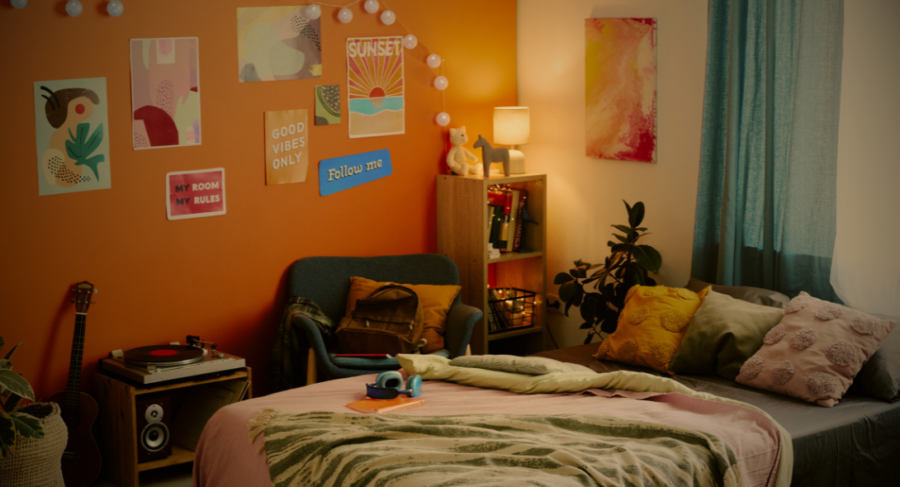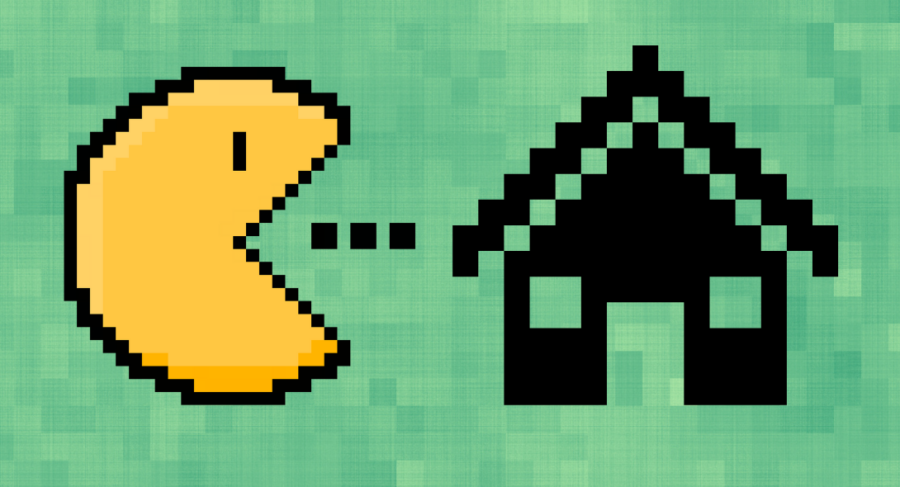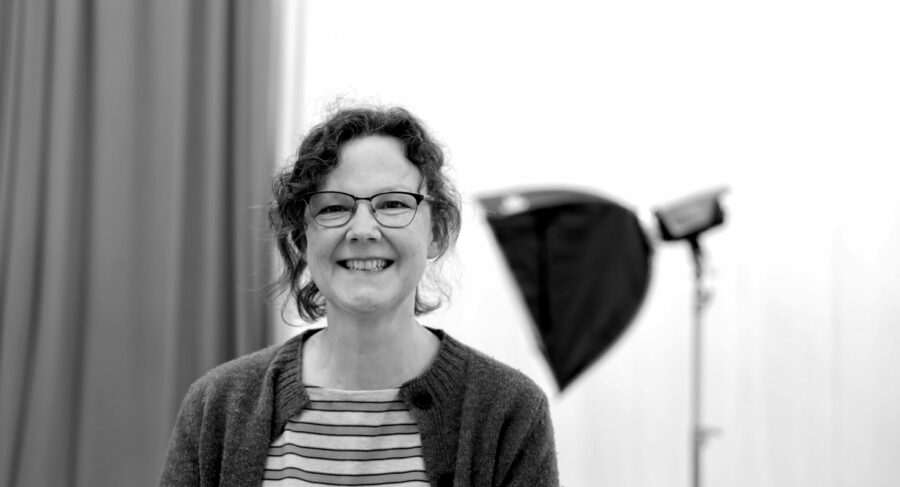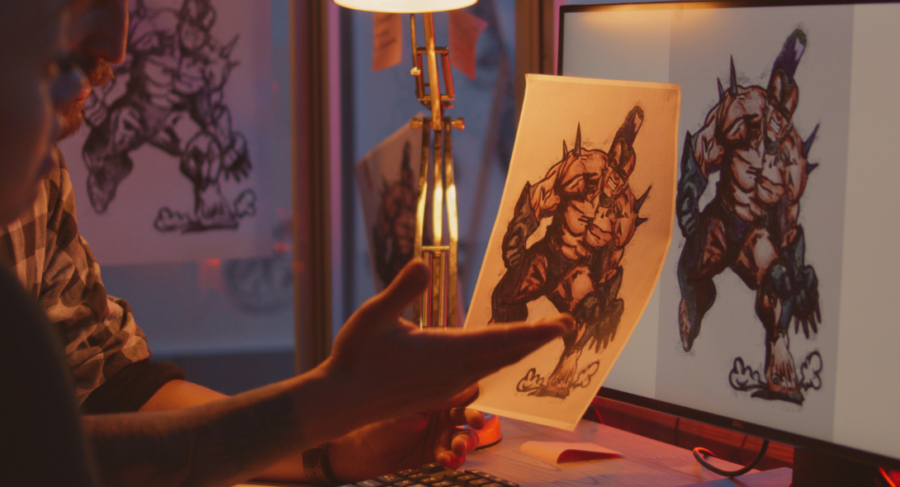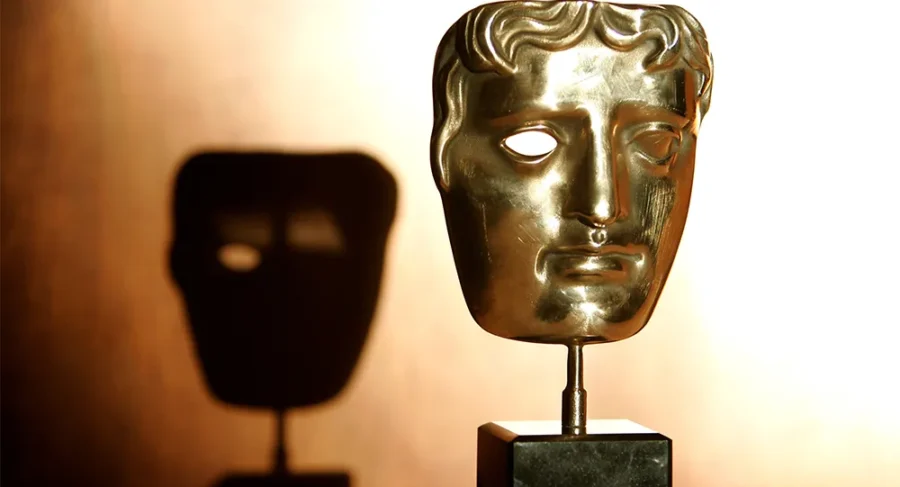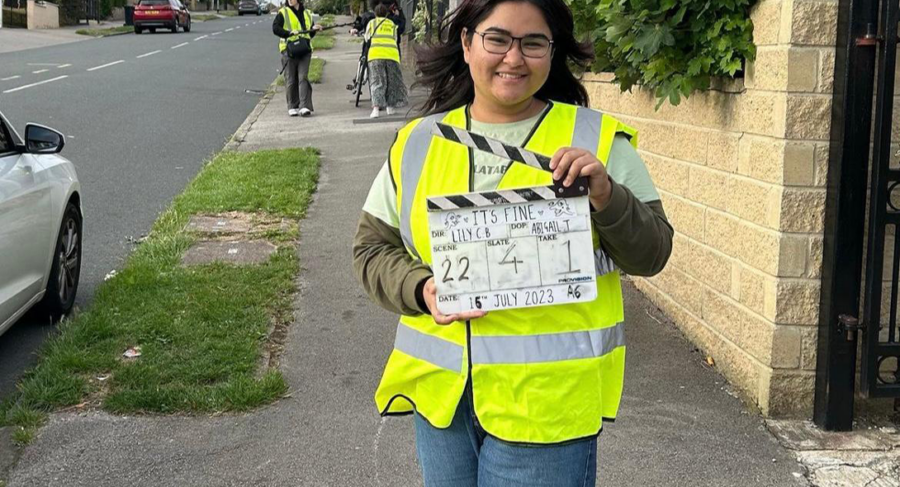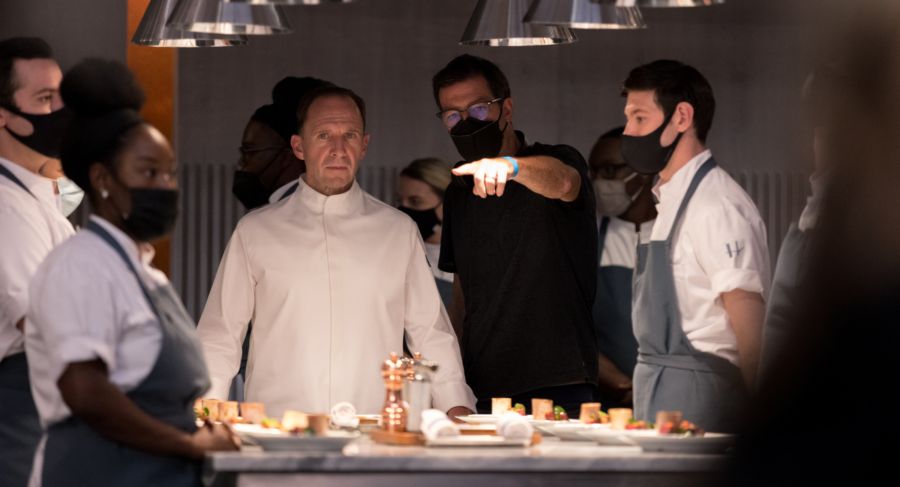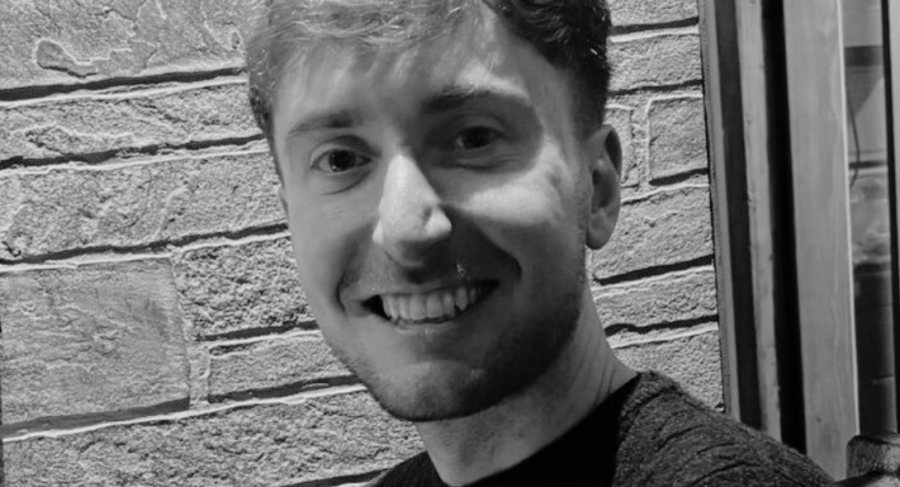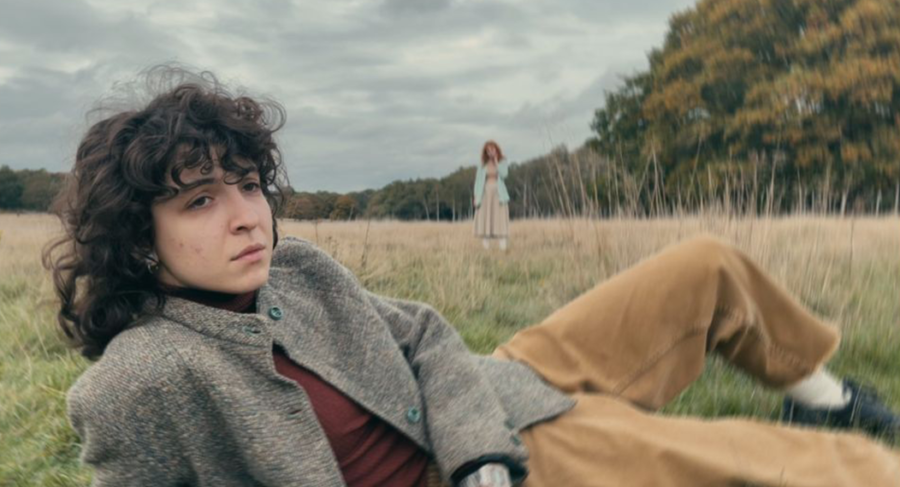How to Think Like a Game Designer: Lessons from Design Director Joanna Haslam
By rebeccabrandler
02 May 2025
What does it really mean to “think like a game designer”? According to Joanna Haslam, Design Director at Snap Finger Click and guest speaker at MetStudios, it’s not about churning out ideas for the next big hit. It’s about developing mental muscles in areas most people don’t expect. In her recent masterclass with MetStudios students, Joanna unpacked some of the most underrated but essential cognitive tools in game design: abstract thinking and critical thinking.
Here’s a look at how she recommends aspiring game creators sharpen their design minds.
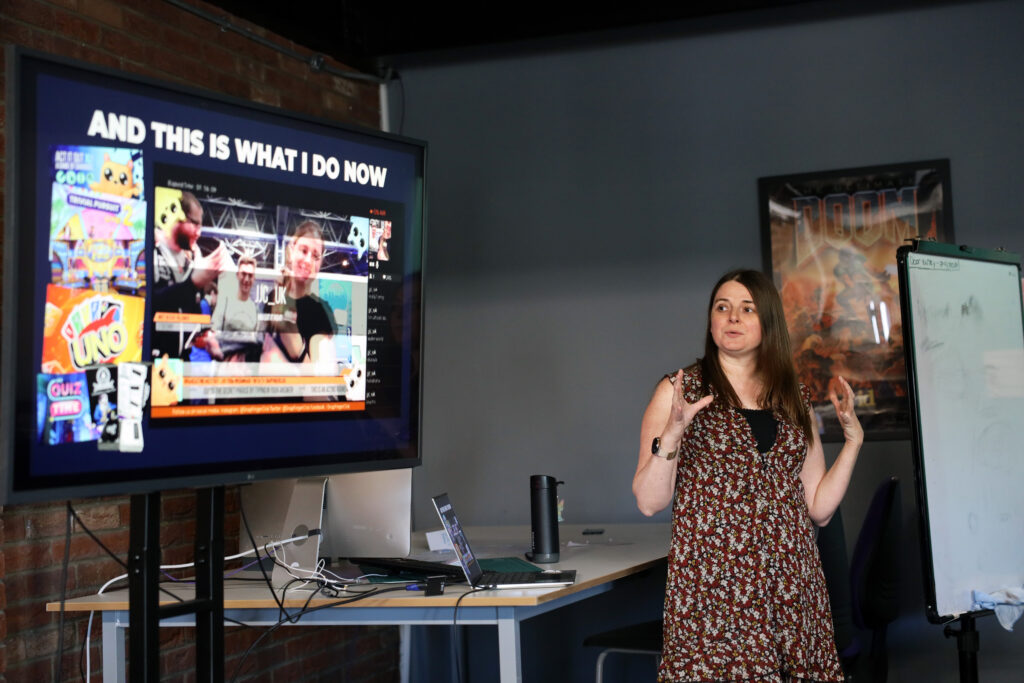
Start with systems, not stories
While many imagine game design begins with plotlines or characters, Joanna emphasised that it all starts with systems. Whether it’s a points mechanic, a progression loop, or how a character moves through space, systems are the invisible frameworks that make games work. Joanna likened game designers to architects, building a blueprint before the rest of the team brings it to life.
In practical terms, this means students need to get comfortable visualising the step-by-step mechanics of how a game functions before it ever has artwork, music, or a name.
Break games apart to understand them
One of Joanna’s go-to exercises is to ‘tear down’ an existing game. This means analysing a well-known title, not for how it looks or sounds, but for how it operates underneath. Take Tetris, for instance. It might seem like a simple puzzle game, but a designer has to think about block shapes, fall speeds, scoring, rotation mechanics and player feedback.
This kind of abstract thinking helps designers visualise gameplay elements before they exist in code or art. For students, Joanna suggests practising this by taking a familiar game and inventing a new feature. Then try to map out how that feature would actually function moment to moment.
Think critically, not just creatively
Designers don’t just invent features, they problem-solve. Joanna stressed that game design is a deeply analytical job. You often find yourself juggling multiple possible solutions to one design challenge, each with pros and cons. Your job is to weigh these options, find the right fit for the audience and the game’s scope, and be ready to defend that decision to collaborators.
To practise critical thinking, Joanna recommends looking at a feature in a game you don’t like. Try to reverse-engineer why it was made that way and whether a better option could exist. This exercise not only trains your judgement but also builds empathy for other designers’ choices.
Prototype with paper, cups, and curiosity
Another key takeaway? You don’t need a studio or expensive software to prototype. Joanna described how she has used scraps of paper, plastic cups, and even mimed in front of a Kinect camera to test ideas. The goal is to quickly validate whether a mechanic is fun, not whether it looks polished.
Students can do the same. Pick a constraint like ‘a game with only one button’ or ‘voice control only’ and build a playable paper version. It may seem basic, but it trains the designer’s brain to simplify and clarify.
Why this matters for MetStudios students
Whether you’re pursuing Games Design and Development or Games Art and Technology at MetStudios, it’s fundamental to understand how designers think. These exercises build your creative confidence and prepare you to collaborate with programmers and artists more effectively. The better you are at breaking down systems, thinking through interactions and making design choices, the more value you’ll bring to any team.
Joanna’s masterclass was a reminder that thinking like a game designer means becoming a systems thinker, a problem-solver, and most of all, a curious analyst of how games really work.


